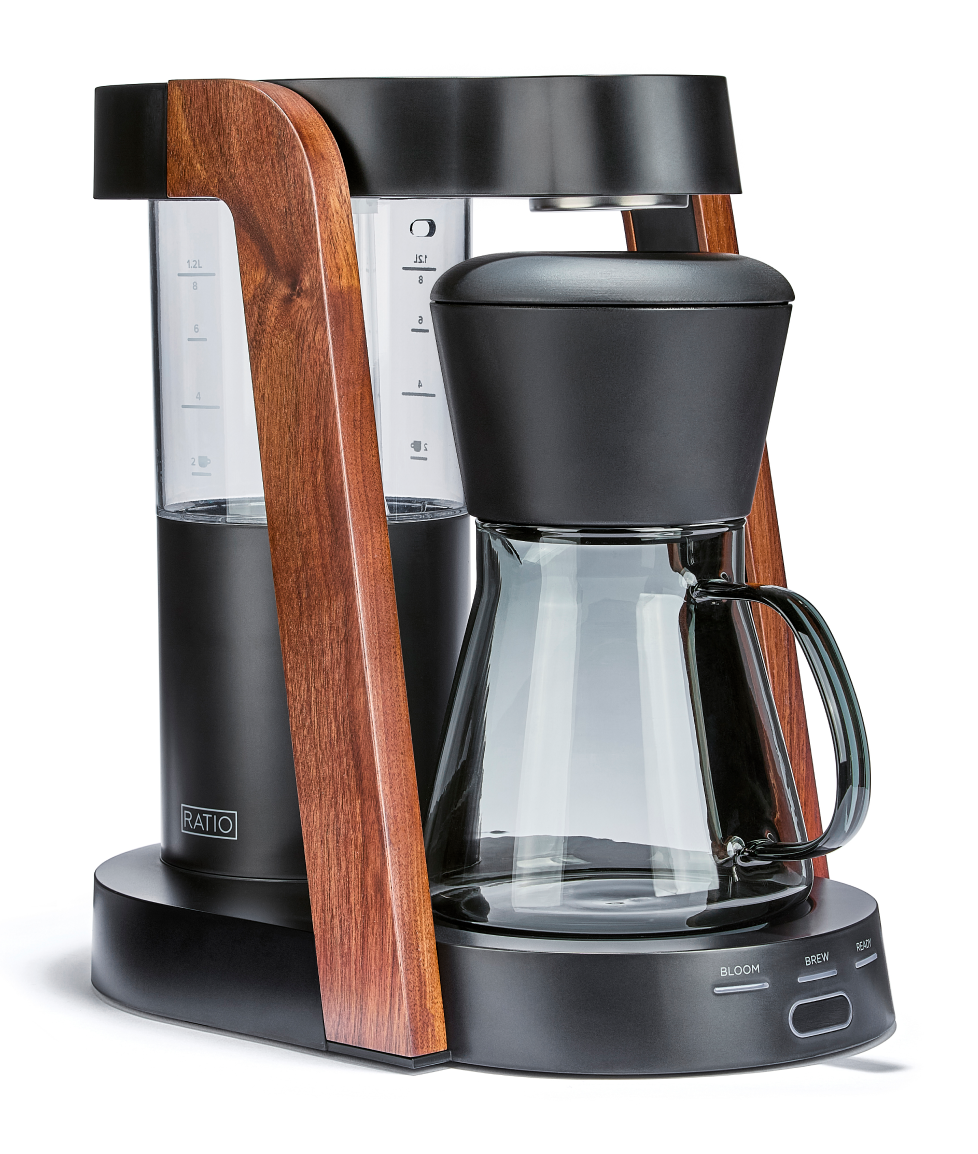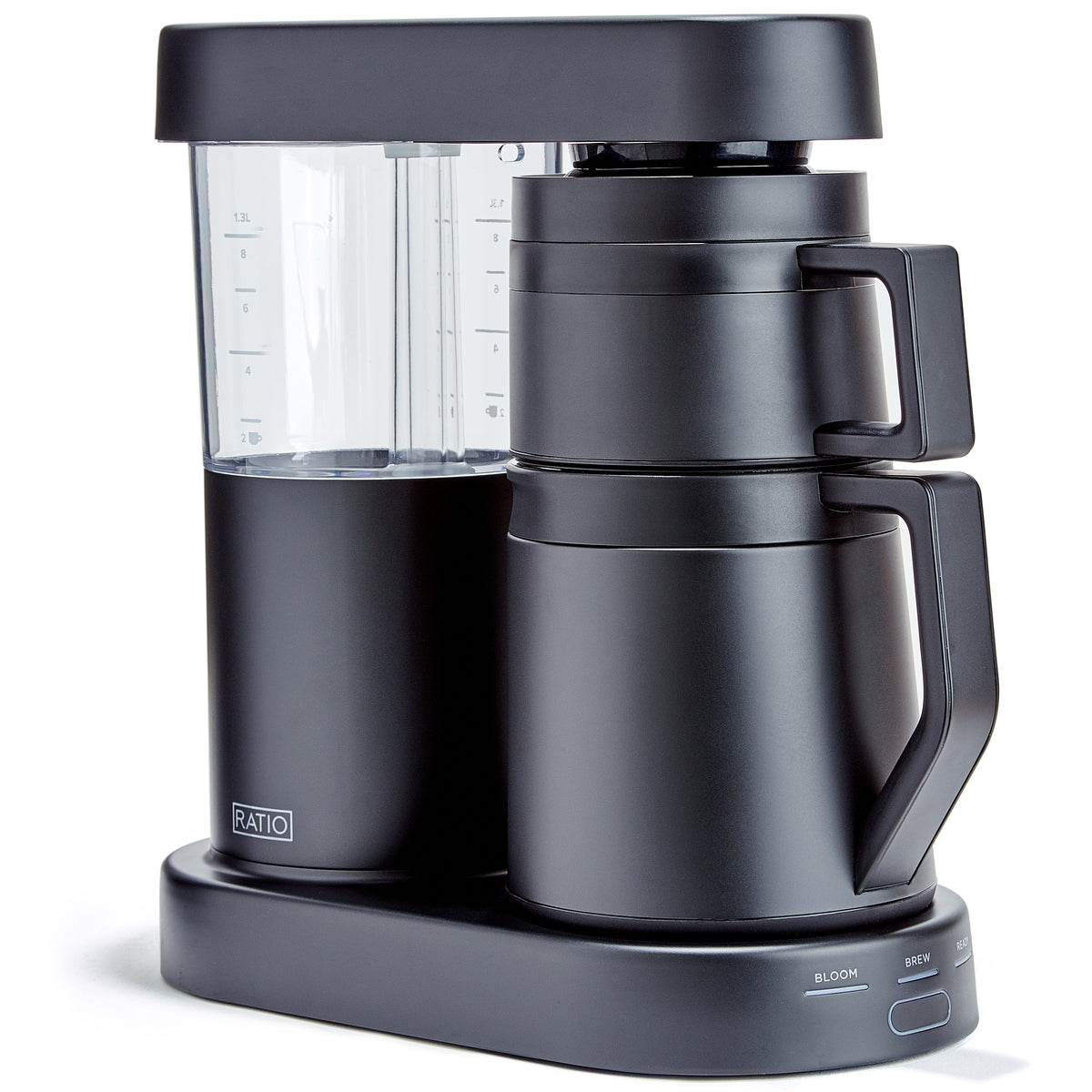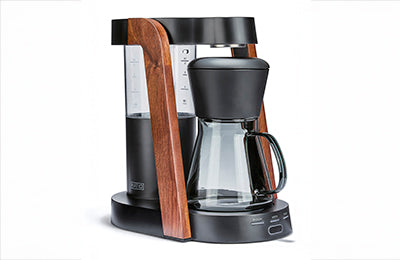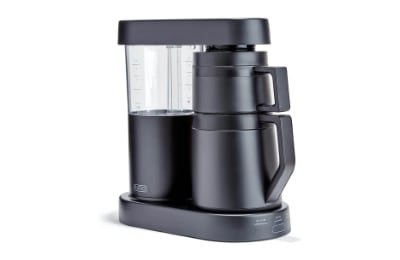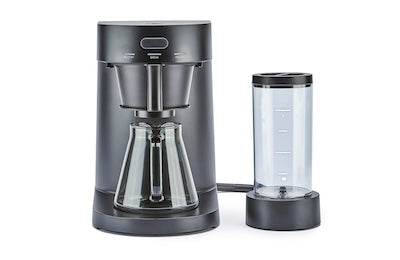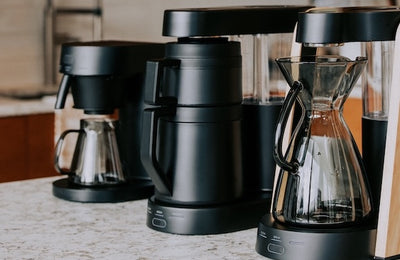Making coffee with Marty Lopes
We met Marty back in 2007 at Extracto Coffee House here in Portland. His passion for good coffee and good relationships was immediately apparent. Naturally, we bonded over both. Over the past 10 years, Marty has become not only a respected roaster, but an influencer in local coffee culture. We caught up with him over a meal to learn more about what he’s been up to, the future of the industry, and his answer to the burning question on everyone’s mind: to stir, or not to stir?

We’ll start with light and easy. What’s your favorite day of the week and why?
Tuesday! It's delivery day on Tuesday's, so I am able to see all the wonderful people I get to work with. It's a great opportunity for me to get weekly feedback about the coffees, troubleshoot equipment issues, or just plain hang out and talk coffee and community!
What are a few of your favorite sources of inspiration and learning?
Chris Baca (Cat/Cloud Coffee)
Ok, now for some of your story. What was “the moment” when coffee became your thing?
There have been many, but one of the furthest back was when after I had started working coffee shop—at the time just because of a family connection and it seemed like a cool place to work. Shortly after, my wife took a job in South Korea teaching English. She was there for a year, so I was working two jobs trying to save up money, so I could go and stay with her for a couple months.
When I finally visited, we went to this café where this one guy was the owner, the barista the roaster—everything. He worked bar every day, his mom did the dishes, and he was an amazing latte artist. This was 2004, before this was really a thing. He controlled every single minutiae he could, all the way through. That was mind-blowing to me. I'd never seen someone take the initiative to do this whole process himself and also serve every single drink. It was this mind-melting moment of: "Holy crap, I must do this. I must!" It instantly became something I had to fulfill.

And fulfill it you have! You’ve worked at Spokane’s Thomas Hammer Coffee Roasters, then apprenticed roaster at Extracto, then buyer at Barista, then launched Roseline. Now Terrain. How is this is the next evolution of Marty Lopes? Both personally and professionally?
Over time, perspectives change as we learn and grow through introspection and awareness. I've taken bits of each work experience to mold and shape my intentions with Terrain. Primarily, I want Terrain to be a world class, wholesale-only venture. No retail. I'm setting a very firm cap on the total production. We can maintain control and quality all the way through.
Beyond that, it’s a brand under which I’ll build fun projects. I’ve been considering a farmers market of sorts, as well as a bottled project. I’m currently consulting a bit. Terrain is sort of a culmination of the stuff that I’ve wanted to do, informed by what I’ve learned from past projects. It’s not a totally new direction. It’s refinement.

Tell us about the bottled project. Sounds fun!
I've always wanted to have a ready-to-drink option but have never really cared for cold brew. With most cold brew, whatever coffee you put in there pretty much tastes the same. Because it's just a steep—it's not extracting the chlorogenic acids and stuff that we're expecting out of a normal filtered coffee.
So I've been testing some iced coffee—large scale iced coffee. It's brewed hot without oxygen, so it’s brewed at strength, and then it’s rapidly chilled. It's so fast it's crazy. It's under ten seconds. Then straight into a bottle. From start to finish, it takes eight minutes.
The benefit is that actual notes of original start to surface. Colombian coffees taste like sweet, juicy, full bodied, rounded coffees. Ethiopian coffees taste like floral, fun, potent, tropical coffees, and blends taste like big, rich, bold, chocolatey nutty stuff.
We can’t wait to try it. Ok, now getting a bit more serious. What’s going on with coffee and climate change?
We already know that global weather is changing, weather systems are changing. There's a lot of science surrounding arable land for coffee is being reduced. Lower elevations are getting hotter, and because coffee benefits from hot days and cool nights, that pushes arable land up. Mountains eventually come to a peak, so that arable land stops at some point. That's kind of the main issue. That and, as temperatures rise, so do pests and the occurrence for roya.
With the rise in demand for specialty combined with the decline in arable land, we probably have very few years—a couple decades maybe—left for specialty coffee. There are a lot of indicators suggesting that there's eventually going to be a moment when overall coffee quality noticeably drops. Cup scores will go down. Or the availability will be drastically reduced.
There just hasn't been a strong enough stance on, 'What are we doing to protect our resource?' There are a couple of organizations doing interesting things. World Coffee Research is one of them. But not enough.

What is the end goal?
One of the things that led me to coffee is the fact that coffee shops are a place where people of every different background meet. As a working barista, I always noticed that. I’d see the connections happen. That doesn't happen at a bank. It doesn't often happen at a restaurant, At coffee shops, you see friendships formed, you see breakups happen. Life happens there.
Meanwhile, you can tell by the string of recent high end build-outs, people are throwing a bunch of money into cafés. I mean, nice coffee shops are nice, but I feel they’re kind of missing the spirit of it.
I just think that we've developed a lot of fluff to try to up-sell coffee, when we could've just been providing better service and hospitality. I just care about making good coffee, sharing it with people, and having the moment where we're both sipping on it and we're like: “...” You know?
Yes, we know!
That nicely cues our final question. What’s your favorite way to brew on the Ratio Eight?
Recipe:
- 'Half-pot' water (22 ounces or 650ml at the line, delivering about 20 ounces of coffee)
- Depending on coffee, 38-42 grams (for you mathematically inclined coffee connoisseurs, that's a 1:15-1:17 ratio of coffee:water)
- Chemex paper filter
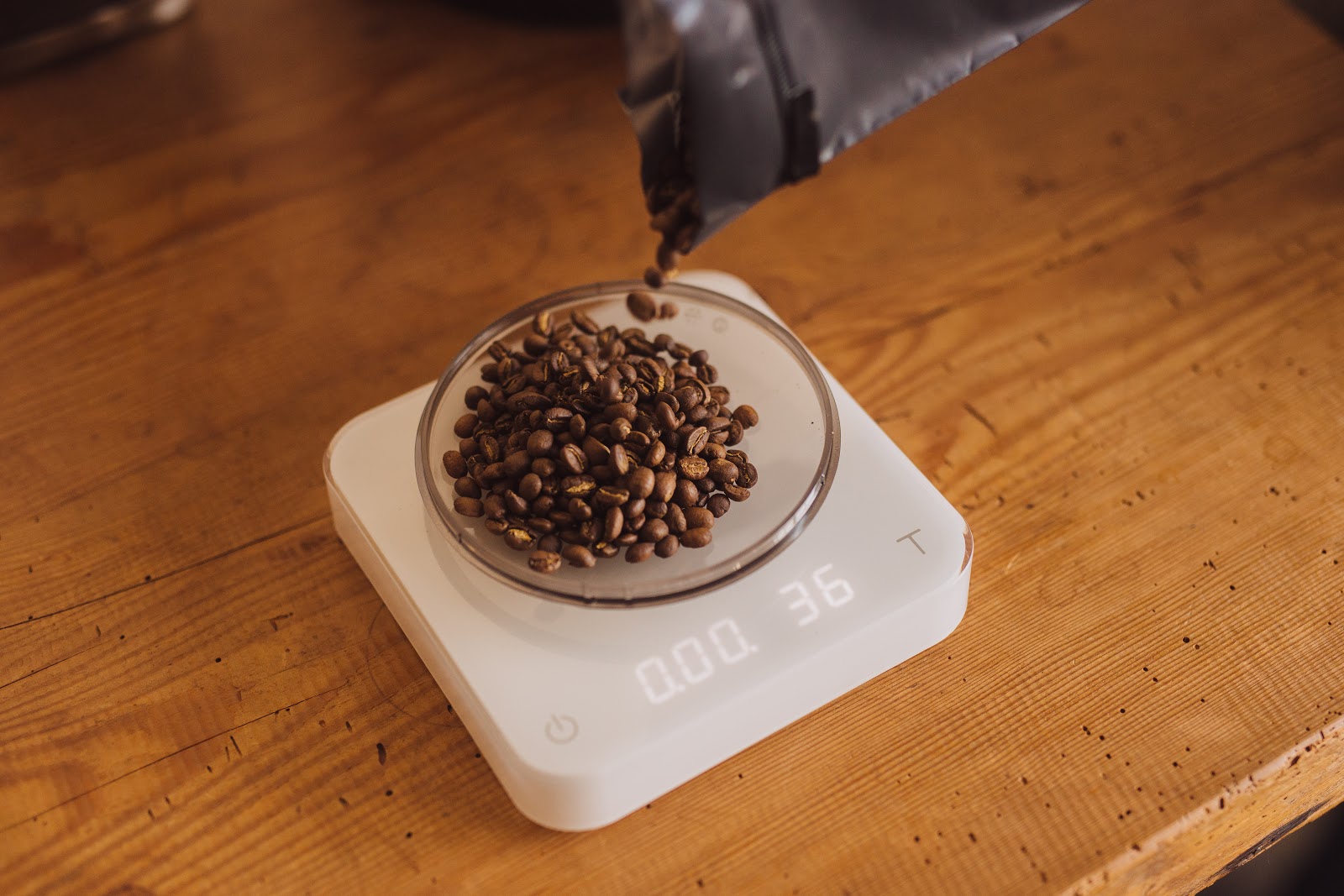
Step 1: Preheat
I like to add a little more water than I intend to brew with and run part of a cycle to preheat the decanter and the internals of the brewer. Discard the preheated water.

Step 2: Stir
During the 'bloom' at the very beginning of the brew cycle, I gently stir the bed of grounds with 3-5 stirs. You're not scrambling eggs! Over-stirring can cause fines migration and clog the flow. The gentle stirring prevents dry-pockets and increases extraction yield.

Step 3: Relax
Your coffee will be ready soon.

To follow along with Marty Lopes, visit terraincoffee.com.
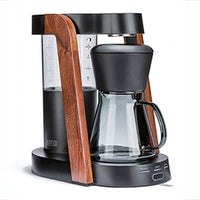 Ratio Eight S2
Ratio Eight S2
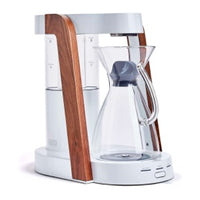 Ratio Eight Original
Ratio Eight Original
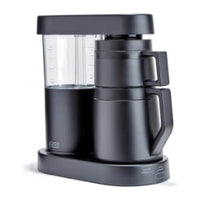 Ratio Six
Ratio Six
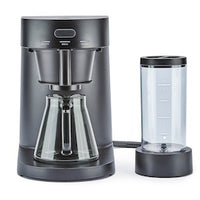 Ratio Four
Ratio Four
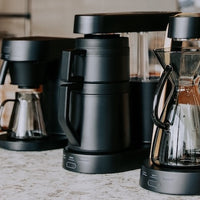 Compare Machines
Compare Machines
